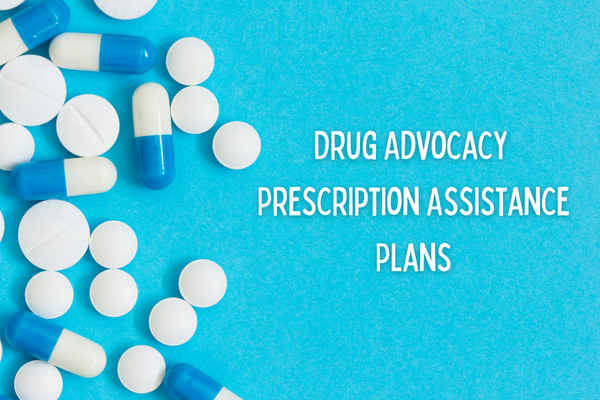If you find yourself like millions of uninsured Americans, getting the medications you need can be scary. Fortunately, there are options through Drug Advocacy Prescription Assistance Plans (PAP).
According to a report released by the Centers for Disease Control and Prevention, in 2020, 31.6 million (9.7%) people of all ages were uninsured.
Here’s a breakdown:
- 31.2 million (11.5%) people under age 65
- Among children, 3.7 million (5.0%) were uninsured
- Among working-age adults (aged 18–64), 27.5 million (13.9%) were uninsured.
- Among people under age 65, 64.3% were covered by private health insurance, including 56.6% with employment-based coverage and 6.7% with directly purchased coverage
If you need help paying for your prescriptions, there are options available, and I will help you find the best one.
What Are Patient Assistance Programs (PAP)
Drug companies set up Patient Assistance Programs to provide free or low-cost medications to people who can’t afford to buy their medications. Typically, most brand-name drugs are found in these programs. Note that the government does not require these companies to provide free medicine; it’s something they do voluntarily. Today, nearly all major pharmaceutical companies offer some type of PAP. Sometimes, PAP is referred to as Medication Assistance Programs, Indigent Drug Programs, or Charitable Drug Program.
Am I Eligible for Drug Advocacy Prescription Assistance Plans?
While each program has its own rules, there are common requirements, including:
- You must be a U.S. citizen or legal resident
- You must meet program income guidelines
Some programs require the member to have no prescription insurance coverage; however, not all do, and this can be verified before you enroll.
If I Have Insurance or Prescription Coverage, Can I Apply for Assistance?
Sometimes a person may have a hardship, or their insurance does not cover their medication. In this case, some PAPs will help. In addition, several foundations offer help with copays for specific illnesses or drugs. You may also find help using a prescription discount card. If you have a prescription discount card, you can show your pharmacist and ask what the discounted price would be. Pharmacies offer different discounts, so it’s best to check around and see which one provides the cheapest medications.
If I Have Medicare Part D, Can I Apply for a PAP?
That depends on the company. Some will let people with Medicare Part D apply for programs. Other companies may review the applications on a case-by-case basis.
Is There a Cost to Apply for a PAP?
Absolutely not. The company that reviews your application doesn’t charge an application fee. However, there may be a one-time processing fee. This fee could be refunded if they can’t provide the assistance you need. Note that if you get your medication through a local pharmacy, you may be charged up to a $25 copay. This is not imposed by the pharmaceutical company but by the pharmacy you use.
Are Patient Assistance Programs a Scam?
With many Americans needing prescription assistance, PAPs are a legitimate solution for those who wish to save on prescriptions. By allowing more people access to these plans, companies set up these plans with low-income patients in mind. There are many plans out there for people to take advantage of. Unfortunately, many people don’t know the programs exist or are afraid they might be a scam. I can help you find and enroll in a plan that is beneficial to you and saves you the most money.
Work with A Local Experienced Insurance Agent
With so many options available for people to save on prescriptions, I can sit down with you and discuss your available options, and we can determine the best plan for your situation. PAPs are valuable for those who need help affording medicine, especially those with low incomes or chronic illnesses that require costly medications. Contact me today to learn more about Drug Advocacy Prescription Assistance Plans.

